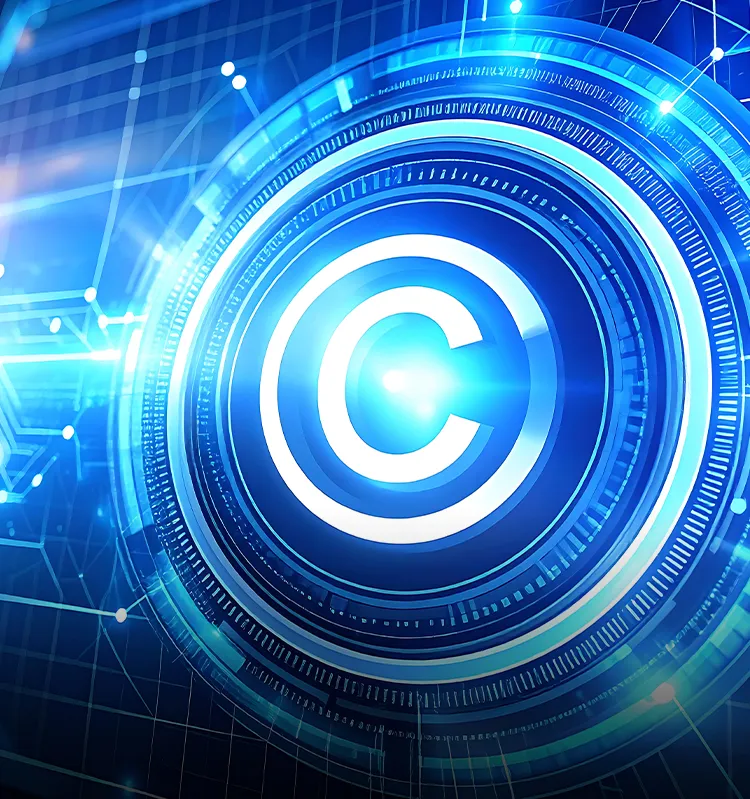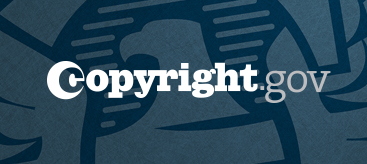Copyright
College of the Canyons has a responsibility to abide by the spirit and intent of U.S. Copyright Law, which can be a challenge to interpret accurately in terms of what can and cannot be duplicated in an academic setting. We will do our best to accommodate your needs while following the law and protecting the college from unnecessary prosecution and financial liability.
An Important Consideration: Both you and the staff member who makes your copies can be held personally liable, and be prosecuted and fined, for copyright violation.
This section has been organized to prioritize the most common issues that arise concerning copyrighted works. More in-depth information follows, as well as links in the sidebar to pertinent information and guidance from the U.S. Copyright Office.
What Does Fair Use Allow?
Faculty may make single copies of the following for scholarly research or use in teaching:
- A single chapter from a book
- A single article from a newspaper
- A short story, short essay or short poem
- A chart, graph, diagram, drawing, cartoon or picture from a book, periodical or newspaper
Allowable Classroom Copies
Multiple copies (no more than one per student) may be made for classroom use provided they meet the tests for brevity, spontaneity, and cumulative effect:
Brevity
- Poem or excerpt of less than 250 words
- Complete article or essay, less than 250 words
- Excerpt from any prose work of not more than 1,000 words or 10 percent of work, whichever is less
- One chart, graph, diagram, drawing, cartoon or picture per book or periodical issue
- For complete works with less than 2,500 words, only two published pages containing no more than 10 percent of the words
Spontaneity
- The copying is the idea of an individual instructor.
- The idea to use the work and the time when it will be used are so close in time that it would be unreasonable to expect a timely reply to a request for permission.
Cumulative Effect
- The copying of the material is for only one course at the college.
- Not more than one short poem, article, story, essay or two excerpts may be copied from the same author, nor more than three from the same collective work or periodical volume during one class term.
- No more than nine instances of such multiple copying for one course during one class term.
What Cannot be Copied
You may not make copies:
- To create, replace or substitute for anthologies, compilations or collective works
- From works that are considered "consumable" in the course of study, i.e. workbooks, exercises, standardized tests, test booklets and answer sheets
- To substitute for the purchase of books, publishers' reprints or periodicals
- That are illegal even if directed to do so by someone of higher authority
- Of the same materials by the same instructor from term to term
- And charge students more than the actual cost of the photocopying
Copyright Exceptions
Circumstances exist in the academic setting in which the reproduction of copyrighted works is appropriate. Reproduction is allowed by:
- Specific exemptions in copyright law
- Fair Use guidelines granted to educators
- Licenses or written permission from the copyright owner
Copyright in an Academic Setting
- Some educators have a misconception that copyright law does not apply in an academic setting.
- The impropriety of unauthorized copying has often been overlooked in academic settings.
- Unauthorized copying is a convenient solution to an immediate problem, but it violates the law and is contrary to the academic mission of teaching respect for ideas.
- Dissemination of ideas in an academic setting does not give educators blanket authority to violate copyright law.
- Copyright law attempts to balance the creator's interests against the public interest.
- Educators must be diligent in protecting the legal rights of creators.
Purpose of Copyright
Copyright exists for three basic reasons:
- To reward authors for their original works
- To encourage availability of the works to the public
- To facilitate access and use of copyrighted works by the public in certain circumstances

 My Canyons
My Canyons  Canvas
Canvas 

